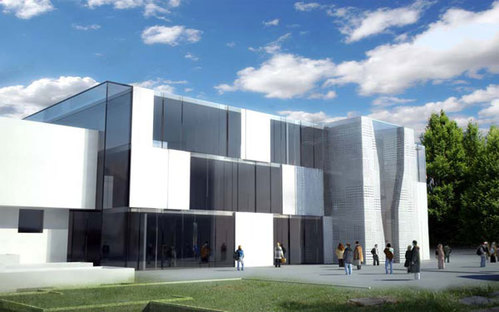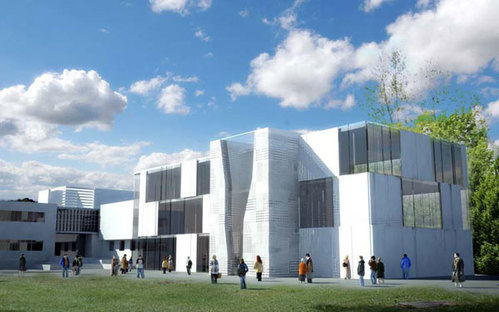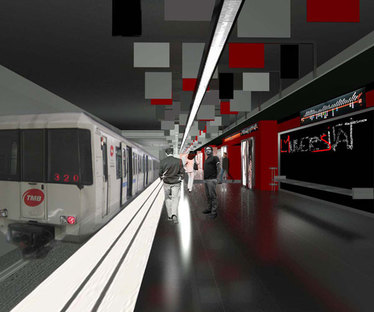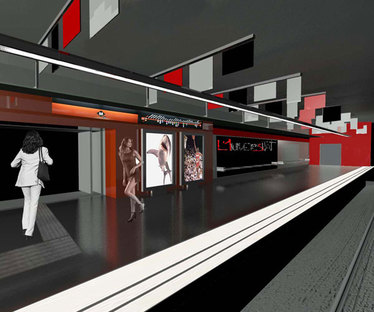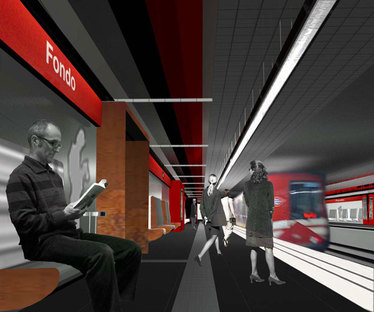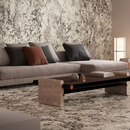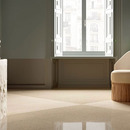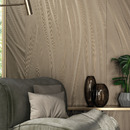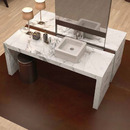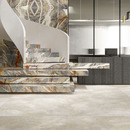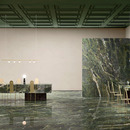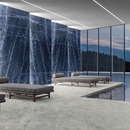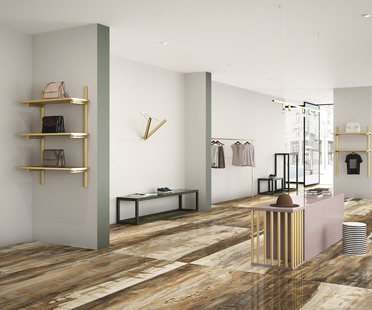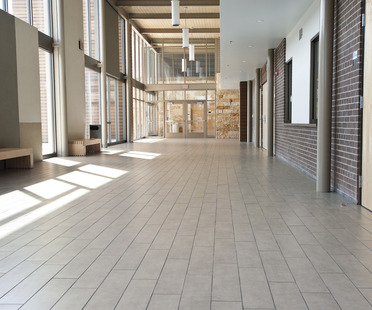29-03-2011
Ceramic exteriors and environmental quality
GranitiFiandre, Ariostea, ACTIVE SURFACES, ventilated facades,
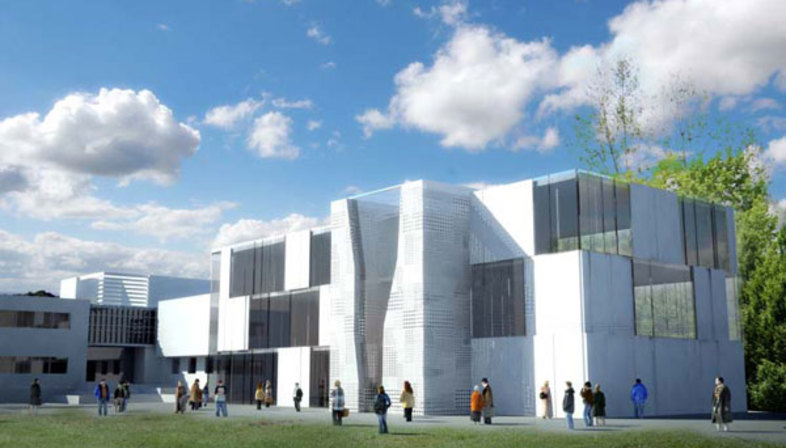 In architecture, covering a building is not just a matter of putting make-up on its face; it is a technical operation completing the construction. Today’s most important architects have made the façade a key to their style, and many of them use external cladding to communicate, provide protection and improve environmental impact. Ceramics have been used on the outside of buildings for centuries, and their protective qualities have traditionally allowed ceramic tiles to respond to some of these needs. But today’s ceramics have evolved to integrate sophisticated technologies for responding to all three requirements in contemporary architecture. While continuing to recognise the importance of decorative textures, ranging from pure design to sophisticated new versions of natural stone, ceramics on the outside of buildings now fully express their new potential, communicating, protecting and improving environmental impact.
In architecture, covering a building is not just a matter of putting make-up on its face; it is a technical operation completing the construction. Today’s most important architects have made the façade a key to their style, and many of them use external cladding to communicate, provide protection and improve environmental impact. Ceramics have been used on the outside of buildings for centuries, and their protective qualities have traditionally allowed ceramic tiles to respond to some of these needs. But today’s ceramics have evolved to integrate sophisticated technologies for responding to all three requirements in contemporary architecture. While continuing to recognise the importance of decorative textures, ranging from pure design to sophisticated new versions of natural stone, ceramics on the outside of buildings now fully express their new potential, communicating, protecting and improving environmental impact.Communicating is one of the particularities today’s architecture has got us used to, if we think how many buildings are created with the intention of expressing a particular lifestyle, a form of interaction between inside and outside, the specific features of a business, the cultural power of a museum, the technical performance of a material, and so on. Ceramics can play this role thanks to their ability to blend into their surroundings, their technical qualities and their flexibility in composition. Active Clean Air & Antibacterial Ceramic™ is a material in this category which responds dynamically to everything required of it, clearly emphasising the architect’s perceptive intentions.
Protection is the characteristic that underlines the technical qualities of exterior cladding, in that it keeps structures intact, protecting them from the aggression of atmospheric agents, while on a more complex level it also becomes part of a structure that keeps the outside walls unaltered by creating an insulating gap. Ceramics meet these requirements both when applied directly to the outer façade to preserve the building and when installed as a ventilated wall, creating a microclimate that isolates the building from excessive heat or cold. Here too Active Clean Air & Antibacterial Ceramic™ can help, for as the method can be applied to products of different sizes and colours it can be used to create designs on the façade, while if used on technical walls it can cover large tiles to create a uniform ventilated façade.
Improving environmental impact means first of all creating projects that read the territory and integrate it through the creativity of different architects, and on the other hand using materials that not only preserve our resources but improve the environment in which we live. Active Clean Air & Antibacterial Ceramic™ is a ceramic tile that really makes a difference here, for its technical properties make it a unique anti-pollutant, anti-bacterial and self-cleaning product capable of reducing the effects of pollution and smog, respecting the ecosystem thanks to the natural mechanism of photocatalysis.
by Paolo Schianchi
PRODUCTS IDENTIFIED
Active Clean Air & Antibacterial Ceramic™
Active environmentally active antibacterial ceramics and antismog tiles for floors and walls
GranitiFiandre
Active environmentally active antibacterial ceramic floor tiles for hospital, wellness centres and spas
Ariostea
Active porcelain stoneware - Clean Air & Antibacterial Ceramic™










